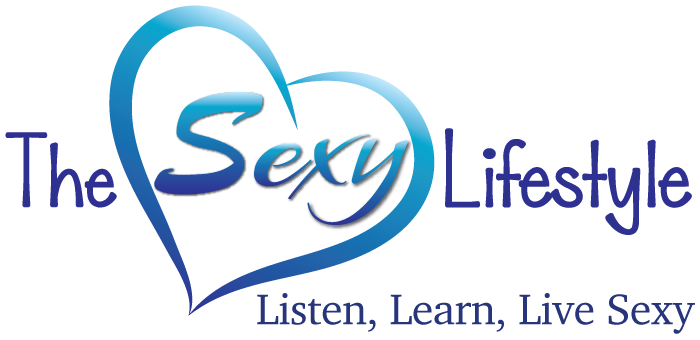Breath: Your Most Basic Body Tool
Written by Sheri Winston on Jun 8th, 2020

In the Beginning Was the Breath
Breath. It’s the foundation of life itself, one of the unchanging rhythms of existence. When you were born, the first thing you did was breathe—you ‘inspired.’ When you stop breathing, you die—you ‘expire.’
Breath: The Bridge to Somewhere
No one had to teach you how to breathe. The pattern of your respiration is determined by your actions, emotions and energy. If you’re anxious, your breath tightens, becoming short and restrained. Panic makes it rapid, shallow and frantic. If you run fast, you breathe hard and deep. As you relax, it lengthens into a regular sweeping flow. Most of the time, your emotional, mental and physical state are the engine of the train, pulling the car of your breath behind.
But you don’t have to breathe on auto-pilot. You can use your breath to alter your state. Your respiratory system is innervated by both your involuntary and voluntary nervous systems—it’s the only system in your body with that overlap. It’s where conscious choice intersects with unconscious programming. That means that your breath can become the ‘engine,’ pulling the ‘train’ of your state along behind. Anytime you want, you can become aware of your breath pattern and have it take the lead. While there are limits—you can’t breathe once an hour or 300 times a minute—within those bookends, you have a great deal of flexibility.
There are innumerable ways to use your breathing to shift your state, including many ways to use it to enhance your pleasure. You can use your breathing to relax, get present, turn off your inner chatter-box, to turn on your body and to expand your orgasms. While there are no right or wrong ways to breath and to use your respiration as a conscious tool, it is possible to have less then pleasurable effects.
Hyperventilation
When you play with your breathing, you can ‘over-breathe’ or hyperventilate, disturbing your body’s critical balance of oxygen and carbon dioxide. Your inner warning sensors will respond when you’re exhaling too much (when you have too little carbon dioxide) and not inhaling enough, (not enough oxygen). At that point you’ll start to have symptoms of hyperventilation such as dizziness, tingling lips and fingers, and spasms of your hands, feet and face.
Hyperventilation Prevention
Prevent hyperventilation with the following practices:
- Keep your inhale and exhale the same length.
- Even when breathing rapidly, make sure to take deep breaths.
- Alternate fast breathing practices with slow ones.
- Intersperse a few deep slow breaths with fast breathing.
- When breathing fast or doing long exhales, reinforce your breath with other tools, especially sound and traditional ‘hands-on’ stimulation. The more you use your whole toolkit to build your arousal, the less likely you are to hyperventilate no matter how wildly you breathe.
Hyperventilation Treatment
Feeling woozy and tingly (and not in a good way)? To treat impending hyperventilation, you can:
- Make your inhale long and slow and do shorter exhales.
- Take a breath in, hold it for a count of three, then release slowly.
- Breathe into your cupped hands.
Play with your breathing. Run experiments and see how it can fire you up or calm you down, expand your awareness and bring you into your pleasure. Breath is the centerpiece of many spiritual practices and mind-body disciplines because of it’s power to consciously shift your consciousness. It’s your most basic and flexible body tool. So remember: you can use it anytime, anywhere, to go wherever you want to go. And don’t forget to practice safe breathing!



SHARE